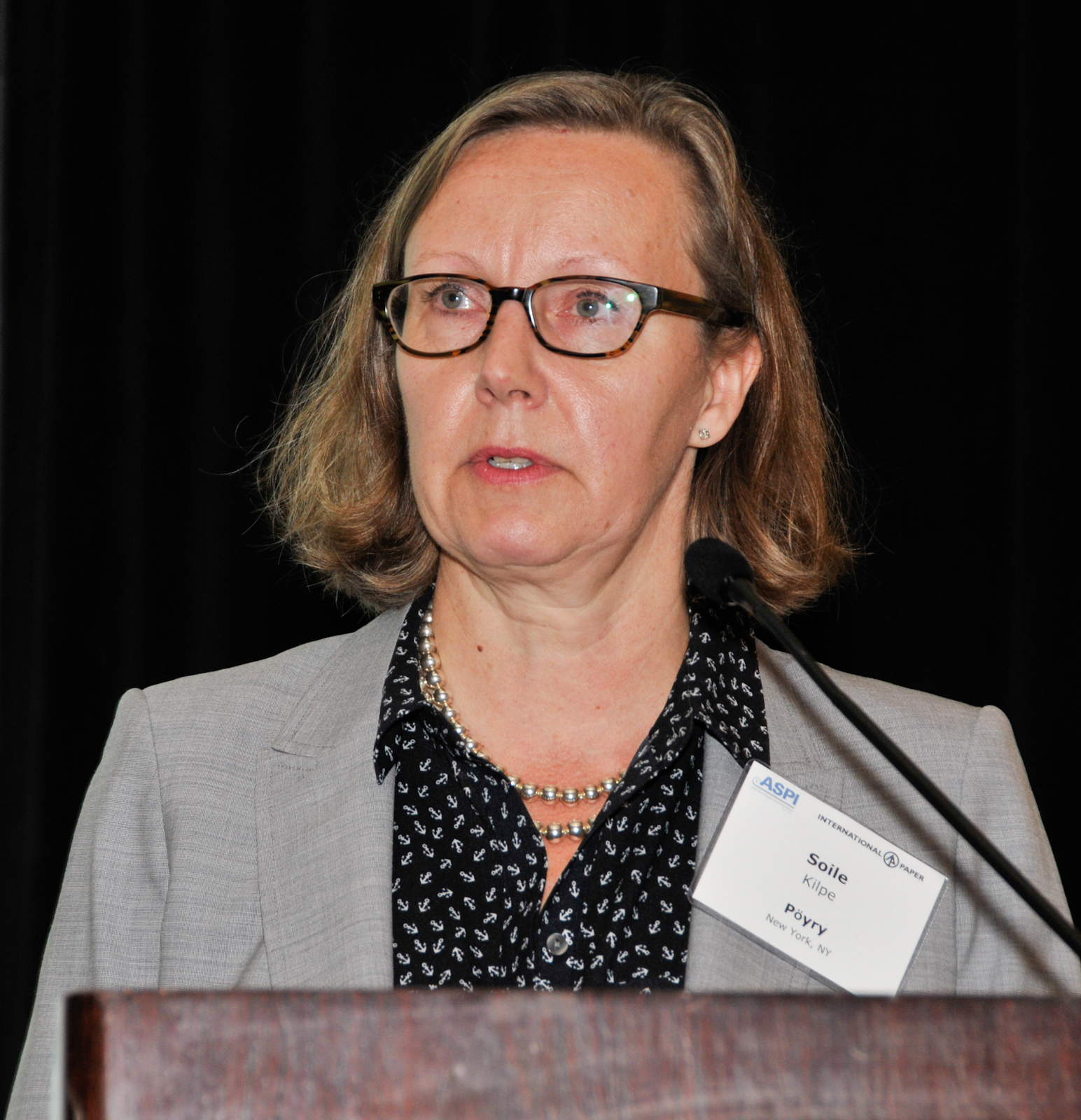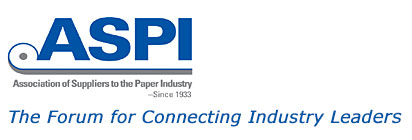Pöyry’s Soile Kilpi on Mega Trends Shaping the Industry
At the ASPI 2014 Customer Alignment Meeting with International Paper, Soile Kilpi, Director, Pöyry Management Consulting, North America, shared insights on some of the “mega trends” affecting the markets.

Positive Mega Trends
The growth in ecommerce, the desire for more “convenient” lifestyles, more single-person households, increasing health/wellness awareness, an aging population, sustainability, and more “smart” consumers are all mega trends that have a positive impact on the paper and packaging industry. Quite unexpectedly, ecommerce is a positive contributor. Kilpi shared that nearly 7% of retail sales today are from ecommerce. Amazon has just announced that they are opening a warehouse in New York City to meet demand. There is steady growth in ecommerce, which drives the need for more containerboard and shipping containers. Changing lifestyles are also influencing trends. More people are looking for a more “convenient” lifestyle. Also, 27% of households are people living alone. Both of these trends result in more food packaging, from more ready-do-cook options, to new packaging needs due to the single person household. Trends in health and wellness are also impacting the industry. With few people smoking – at 17% of adults down from 21% in 2008 – growth in yogurt sales with sales in breakfast cereals declining, She also noted that 50% of adults now say that sustainability influences their buying decisions. The growth of private labels is increasing with more consumers preferring private label brands.
Negative Mega Trends
Kilpi noted three negative trends impacting the global paper and packaging industry include digital media, increasing health/wellness, and sustainability. Negative impacts to the industry, as expected, are still being felt by the growth of digital media. Print media is down 10-12%. Gaming and social networking have moved many activities online, again reducing demand for paper-based packaging and products. Sustainability can also have a negative feedback. Packaging is reduced due to sustainability demands, and lighter weight grades reduce fiber usage. For example, Europe has the lowest basis weight, and North America the heaviest.
Grade Trends
Kilpi also provided industry trends for uncoated freesheet (UFS), containerboard and the cartonboard segments. Kilpi shared global capacity, market share by company in each category, and trends. The UFS global market is still very large, but the North American region can expect strong industry consolidation and capacity management. For containerboard, this is again a very large market dominated by virgin fiber supply from the US and recovered fiber based supply in China. Kilpi noted the new containerboard machines coming on line in 2014-2016, and that the focus of investments has shifted to capacity additions, cost savings, and quality ramp up. For the cartonboard segment, Kilpi shared the market segmentation and that China is leading capacity growth. New machines are mostly in Asia, with growth in the North American region centered around foodservice opportunities. Kilpi noted that equipment suppliers needed to understand the impacts of these megatrends and regional developments. Quality improvements are key, as driven by the growth in private labels and print quality demands. Scale and converting investments are also important to understand.
ASPI members can access Soile Kilpi’s presentation in the Members Only section of the ASPI website.
|

